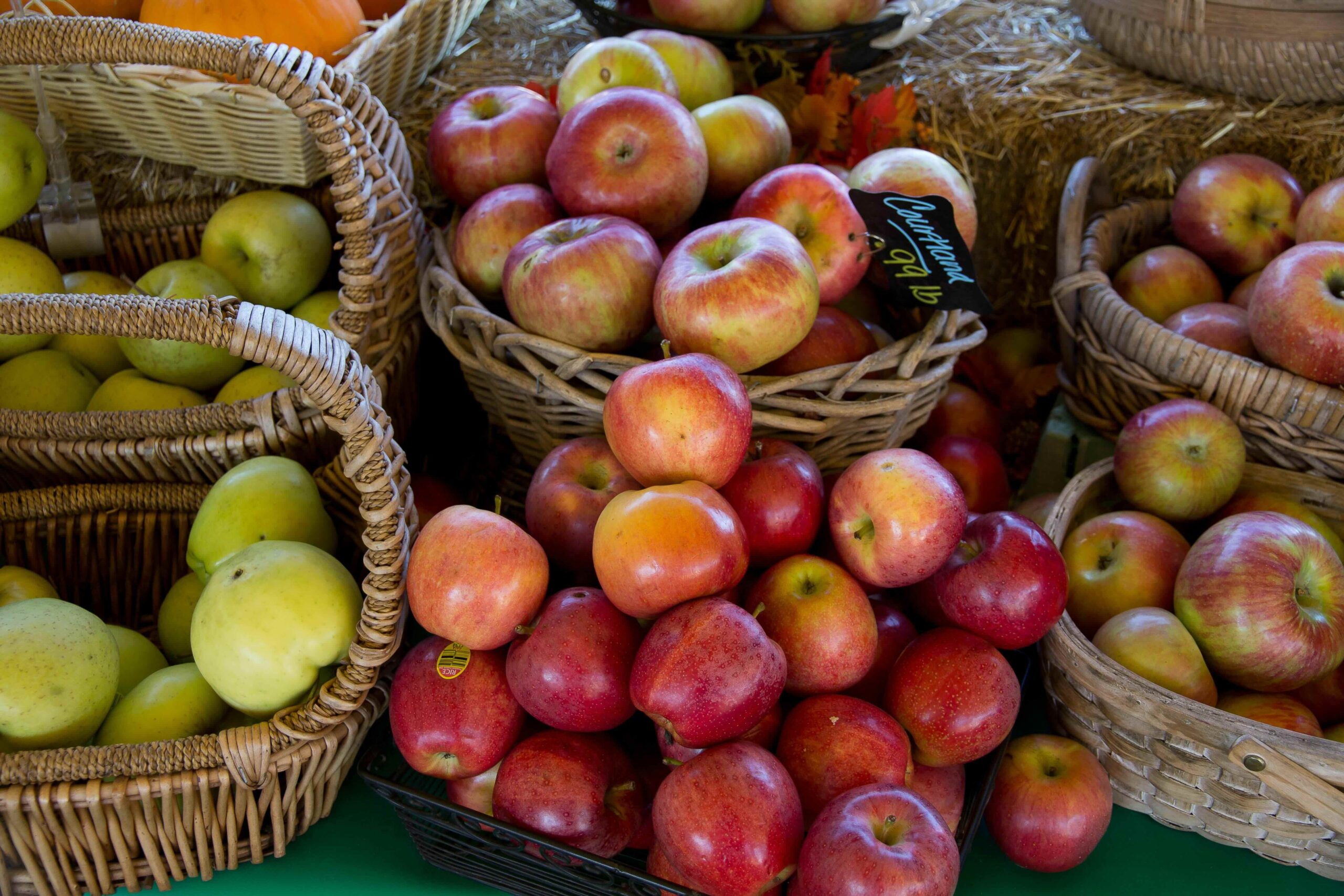Apples are often viewed as a perennial crop commonly produced for fresh consumption in the Northeast and Pacific Northwest. However, Southern apple orchard production has a history that begins with the earliest settlers in Virginia around 1622 (Flynt, 2023). As heterozygous plants, each apple seed is a blend of parent tree genetics which spurs completely new varieties. In the South, these new varieties flourished for much of the country’s history until the early 1900’s when commercial apple production expanded in the Pacific Northwest. While apples in the South were used for eating raw, many were processed into an alcoholic beverage called hard cider. Much like wine, apple varieties have distinct flavor attributes that contribute to the taste and marketing abilities of hard cider.
After a decline in cider production and consumption that occurred during prohibition in the 1920s, production of Southern apples became a small part of agricultural productivity. However, the last 20 years have seen a renewed interest in craft, hard cider production and the revival of southern apples varieties such as Queen Pippin shown in Figure 1. Yet, marketing has long been difficult given the unknown identity of this beverage in the larger marketplace to consumers who are largely unfamiliar with the product. Recent research has shown that consumers are interested in hard cider and associate it as a complement to wine (Neill et al., 2024). By using consumer-oriented flavor language and co-marketing with wine, hard cider and southern apple production has the potential to return to its storied past with vigor.
Figure 1: Example of a Historical Southern Apple Variety that was Rediscovered and Being Produced in Commercial Orchards


Funding Statement: This work was supported by the USDA-NIFA AFRI under Grant #2020-68006-31682.
References:
Flynt, Diane. 2023. Wild, Tamed, Lost, Revived: The Surprising Story of Apples in the South. UNC Press Books.
Neill, C. L., Lahne, J., Calvert, M., and Hamilton, L. (2024). Contextualizing hard ciderflavor language and market position. Journal of Wine Economics, 1–20. https://doi.org/10.1017/jwe.2024.13


